


b.ferrante at tbaytel dot net (807) 622-0904
Books and Grade Level Suitability
"GENUINE SURPRISES" - Richard Scrimger
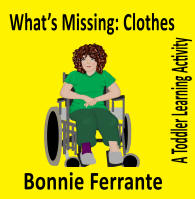
What's Missing: Clothes
Preschool to Grade 1. This book encourages observation and comparison while it expands the child's knowledge of clothing. It also teaches interesting facts about clothing.
Sample pages from What's Missing Clothes

What's Missing: Faces
Preschool to Grade 1. The first image a baby recognizes is the human face. This book helps them to examine and name the details. Also included are several animal faces. It helps the child develop observational skills by figuring out what's missing from each face as it teaches information about the senses and purpose of facial features. The fun pictures range from simple to challenging.
Sample Pictures from What's Missing: Faces
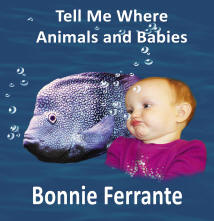
Tell Me Where, Animals and Babies
Who doesn’t love babies and animals? Help little ones learn spatial concepts like above and below with this endearing and humorous collection of pictures. Also included are ten tips to extend a child's learning.
Sample Pictures from Tell Me Where
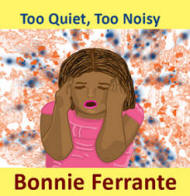
Too Quiet, Too Noisy
Grade JK to 3. Lily's house is so noisy, she has to cover her ears. But, Nana's house is so quiet, she has trouble staying awake. What's a little girl to do? Little Lily teaches her family to find balance in their lives, making both homes happy and comfortable. An exploration of sound. Discussion questions and suggested activities for parents and teachers included.
Sample Pictures from Too Quiet, Too Noisy
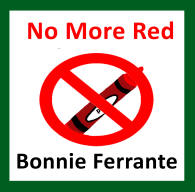
No More Red
Grade 1 to 4. Amy is having a very bad day because of red. When Amy wishes she would never see red again, she learns that life is not as enjoyable without it. Readers will enjoy discovering the 98 red things featured in the book. The importance of colour.
Sample pages from No More Red.
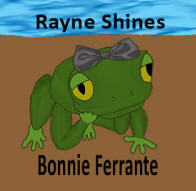
Rayne Shines
Grade 1 to 4. Rayne is bored with life, until a new family moves in next door. Why do they look so happy? Rayne wants to know their secret. Rayne Shines is a humorous and thought-provoking picture book with discussion questions included. Having a positive attitude.
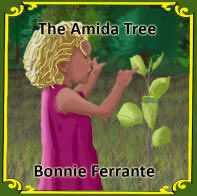
The Amida Tree
Grade 1 to 5. Gordon Korman on The Amida Tree “…This piece works so well… There’s beauty in the simplicity of its telling, and the communication between the woman and the tree is hauntingly believable.” The Amida Tree is this generation's tree. It will appeal to those interested in a sustainable environment, healthy emotional bonds, and a balanced life. Discussion questions included. A good book to compare and contrast to The Giving Tree.
Gordon Korman on The Amida Tree “…This piece works so well… There’s beauty in the simplicity of its telling, and the communication between the woman and the tree is hauntingly believable.”
Listen to the author read The Amida Tree
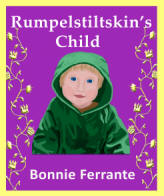
Rumpelstiltskin's Child
Grade 3 to 6. What if Rumpelstiltskin had a bum rap? Sure, he tried to take the queen's baby, but a deal is a deal. Besides, he even gave her the opportunity to renege on their agreement. Plus, he never sought revenge, but allowed her to live happily ever after. Maybe there's a whole lot more to his story than people know. The elaborate illustrations are inspired by the illuminated manuscripts of medieval times.

Sing the Planets (I'll Remember That)
Grade 3 to 6. Here is an active way to learn the order of the planets and have fun doing it. Children learn quicker and retain information longer, the more different learning styles are involved. This book uses music, rhyme, singing, pictures and movement to help students learn the order of the planets, the meanings of their names, their position, and their classification. The detailed illustrations demonstrate the movements accompanying the song which is roughly to the tune of Alouette. The particular notes are included with each movement as well as a full piece of music at the end of the book. When teaching elementary school for thirty-three years, Bonnie Ferrante used this strategy effectively with several classes. Whether your child is learning about the planets for personal interest or for school, this book will provide the key facts and an successful method for learning them.
Sample Pictures from Sing the Planets

Terror at White Otter Castle School Edition
Grade 7 to 8. Laurel, Aster, and Beth have been best friends since grade one when they created the “triangle of power". In September, as high school graduates, they will head off in different directions. Because Laurel fears it will be the end of their friendship, she convinces the others to join her on an end of summer trip - a nine-day canoe expedition to White Otter Castle, deep in the Northern Canadian forest. Unknown to her, the hundred-year-old log castle is has a dark secret. The “triangle of power” faces the ultimate test when the dark forest holds a terror they never imagined. Based on a true story. Friendship. History.
First page of Terror at White Otter Castle